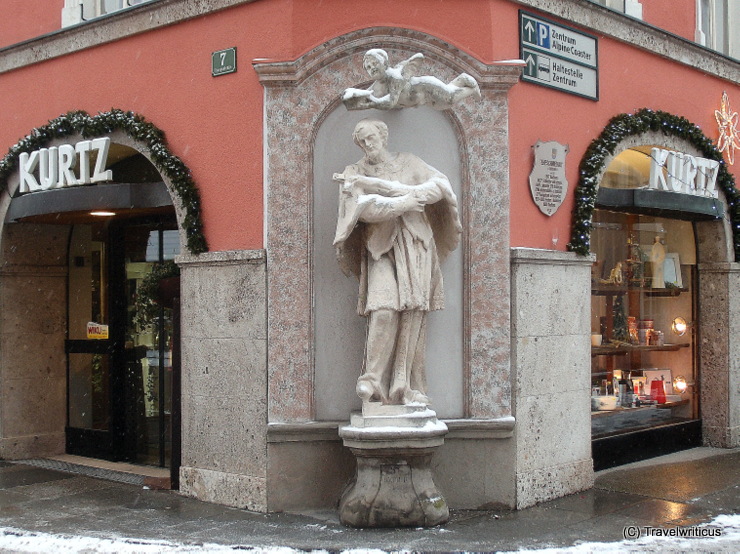
This statue of Saint John of Nepomuk is located at a building named Eheschmiedhaus. The buildings is dating back to 13th century, the sculpture was created in the first half of 18th century. Love the flying angel above his head.
Browse through your travel destination!

This statue of Saint John of Nepomuk is located at a building named Eheschmiedhaus. The buildings is dating back to 13th century, the sculpture was created in the first half of 18th century. Love the flying angel above his head.
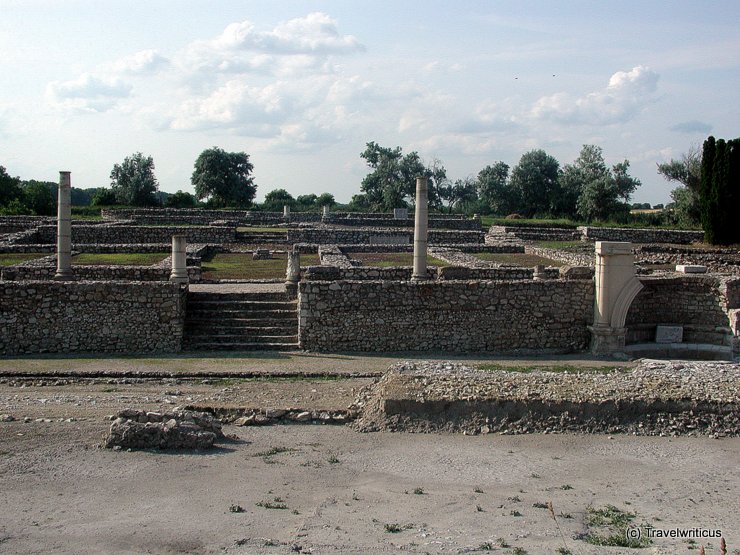
The Gorsium Archaeological Park near Tác tells about life in this region during the ancient age. The Roman influence started here with a fort protecting a road junction and a ford of the Sarviz River in the middle of the 1st century.
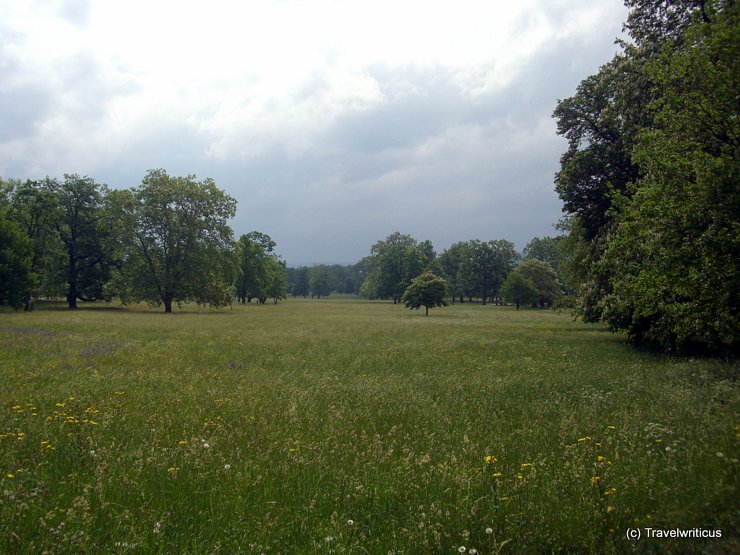
In the vicinity of the Wilhelma Zoo, you find this surprising fodder meadow (Fettwiese). The hay from this wild meadow inside the city of Stuttgart is for the animals of the nearby zoological garden.
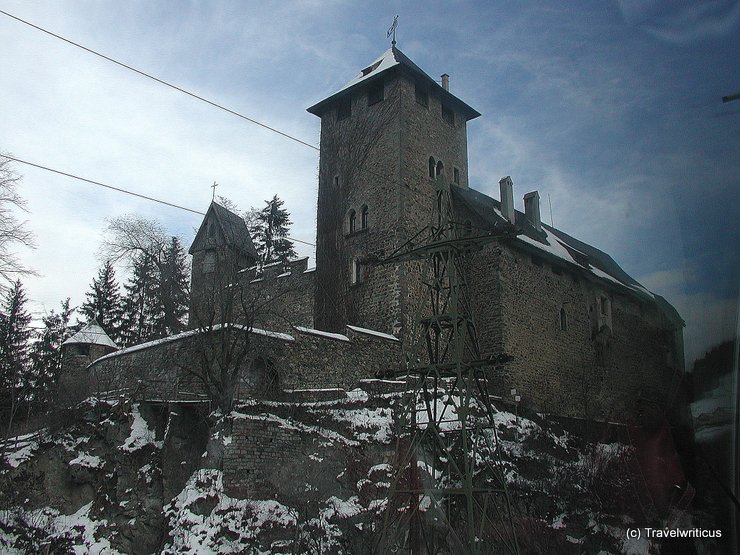
Wiesberg Castle (Schloss Wiesberg) stands next to the Trisanna railway bridge in the Austrian state of Tyrol. This bridge spanning the Trisanna Gorge became famous in 1964 for being replaced by a newer one within a few hours.
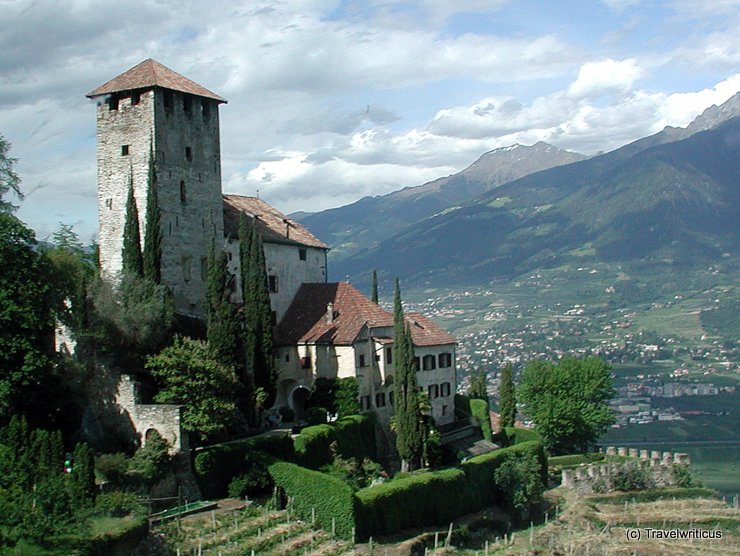
Lebenberg Castle (Castel Monteleone) is a 13th-century castle in Tscherms, a place in the region of Merano. During a guided tour, you experience a fully furnished castle with a Rococo-style hall of mirrors and a three-floor high chapel of the 14th century.
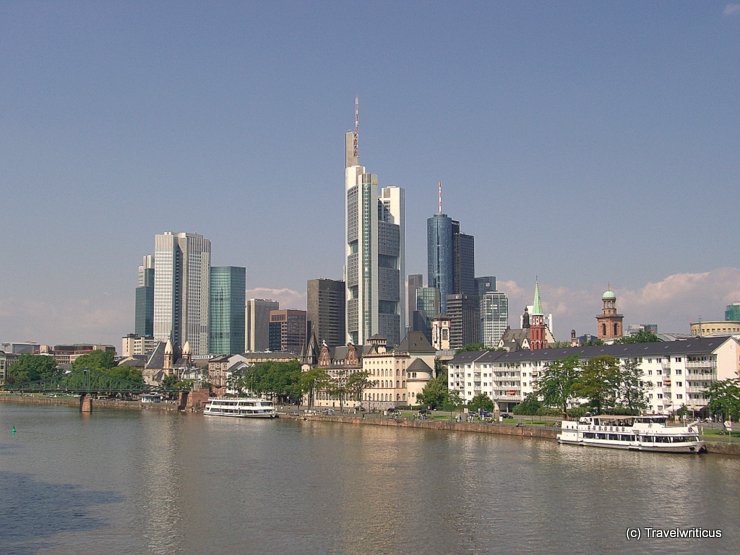
This photo shows the view of the financial quarter of Frankfurt am Main taken from a bridge named ‘Alte Brücke’. The quarter with the skyscrapers lies near the Main River. Therefore, there is a pun calling this part of the city or even the whole city ‘Mainhattan’.
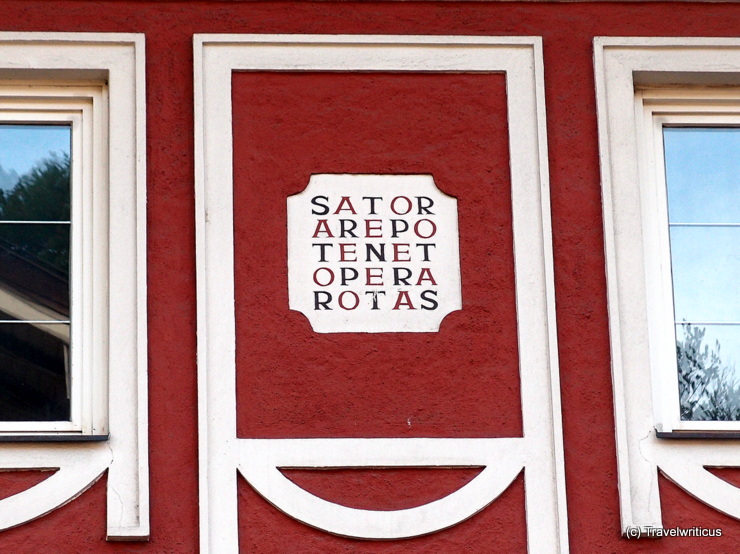
You find this Sator Square on a facade in Golling an der Salzach. The Sator Square, also known as Rotas-Sator Square, is a word square containing a five-word Latin palindrome.
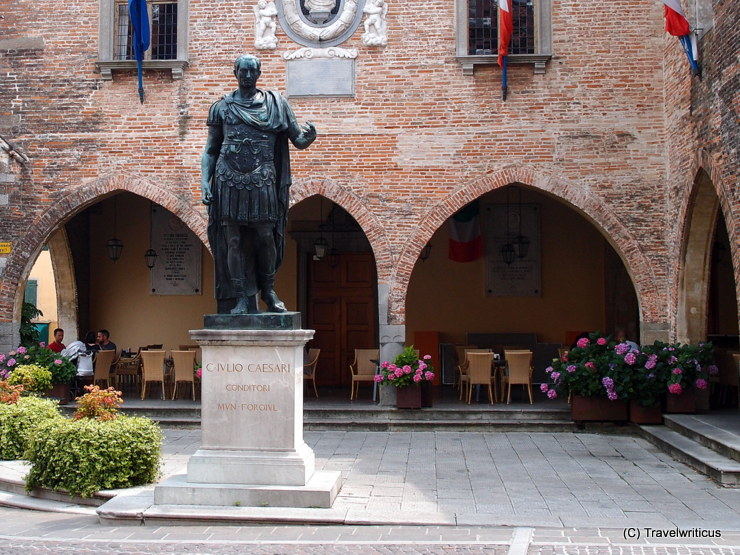
This monument in Cividale del Friuli commemorates Julius Caesar, who founded the city in 50 BC. Its founding name was Forum Iulli. The name of the area of modern Friuli originates from this ancient city name.
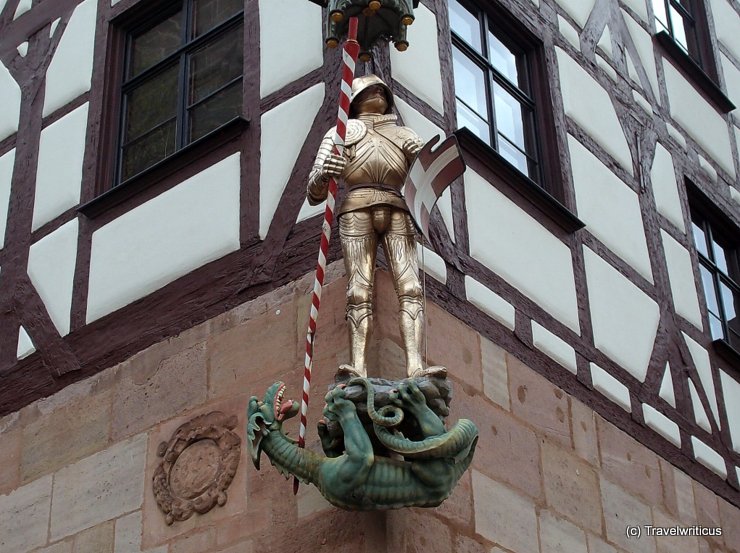
The house sign of the Pilatushaus in Nuremberg shows Saint George fighting the dragon. The motif fits well. The owner of this home was a Plattner (amorer), and George was the Saint of his craft guild.
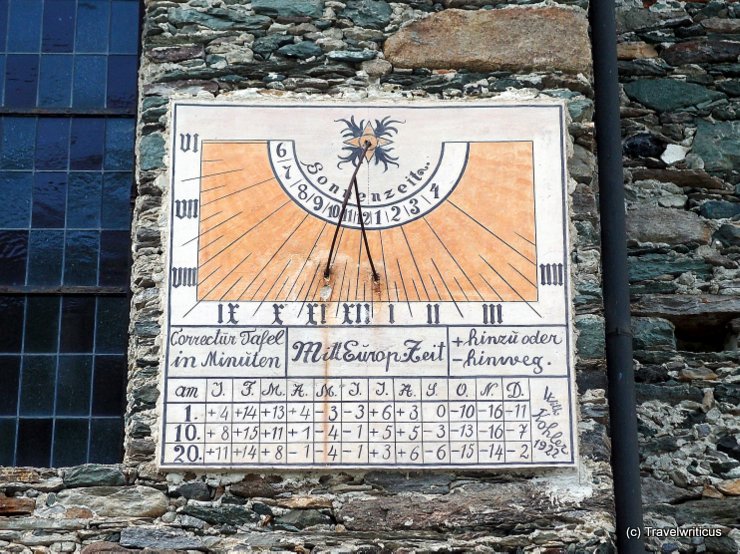
An elaborate version of a sundial on a chapel in Hinterbichl, a district in Prägraten am Großvenediger. The table provides info on how to calculate the exact time considering the different altitudes of the sun during the year.
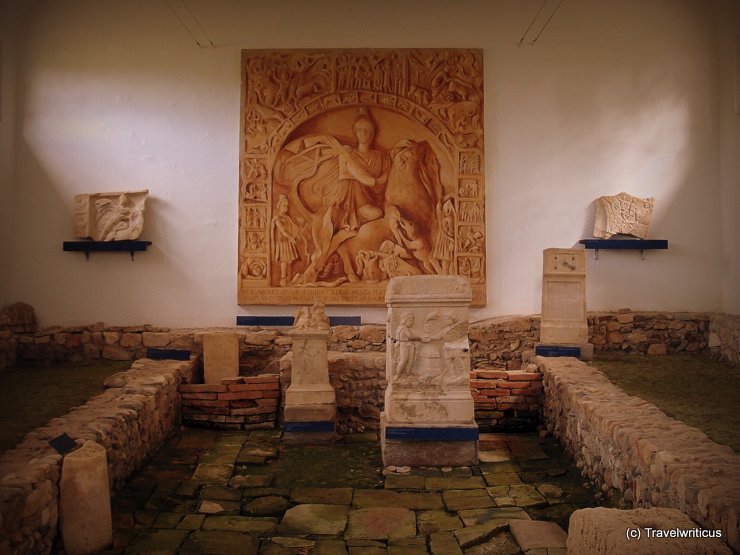
A protective building in the style of an ancient Roman sanctuary shelters the remains of the Mithras Shrine III in Ptuj. The shrine was erected in the sixties of the 3rd century by soldiers of the Legio XIII Gemina.
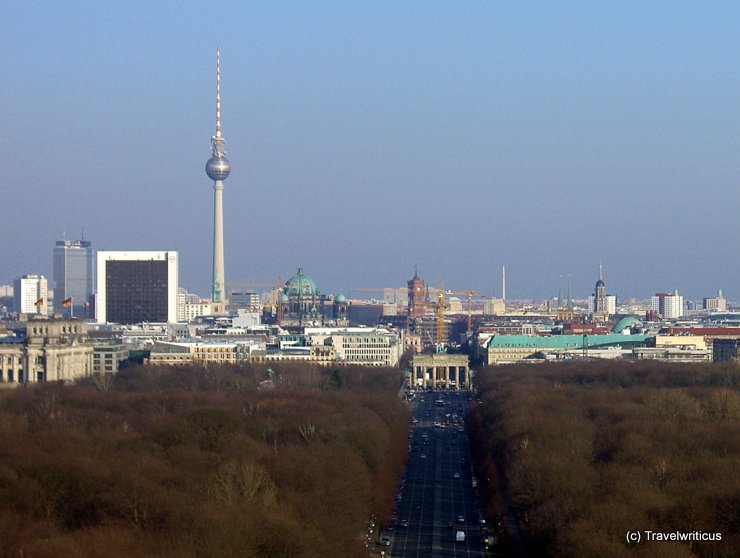
Skyline of Berlin as seen from the top of the Victory Column (Siegessäule). On the left side, you see the tall television tower of Berlin. The white cross at the dome is called the “Pope’s Revenge”. In reality, it is a sun reflection.